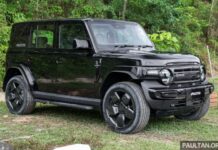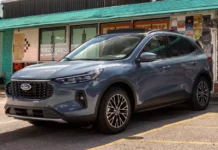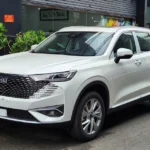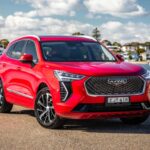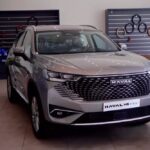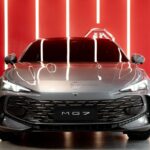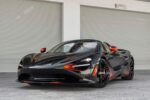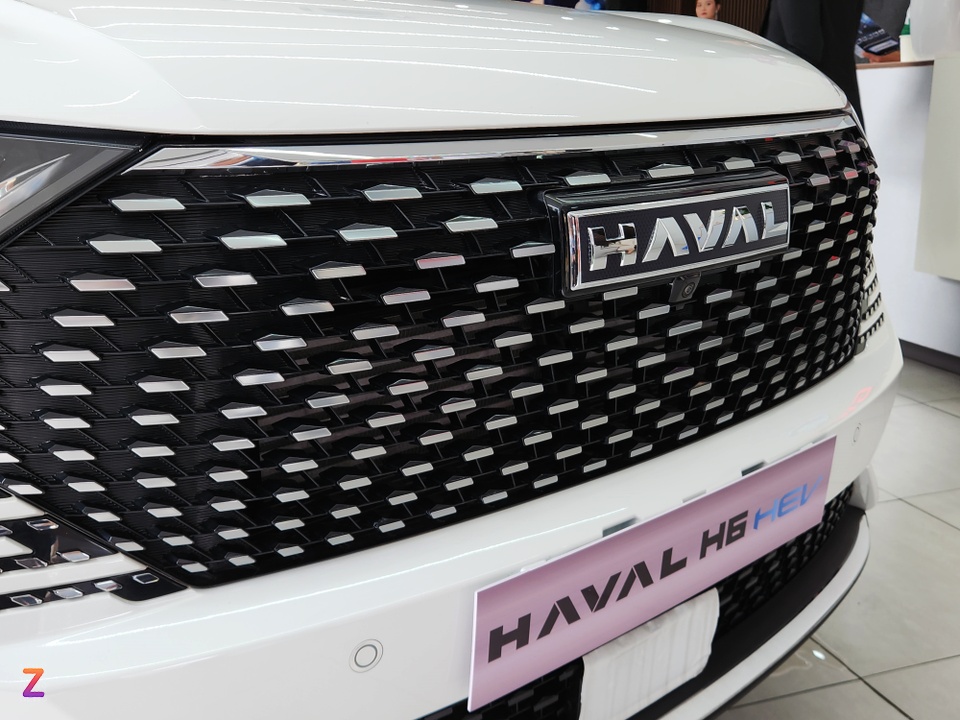
|
|
The Haval H6 is an impressive SUV that’s turning heads in Vietnam. Photo by Phúc Hậu. |
The Vietnamese automotive market is witnessing a wave of new entrants across various segments, with a significant number of them originating from Chinese automakers. However, Vietnam proves to be a challenging market for Chinese car brands due to several barriers related to brand perception and consumer psychology.
Brand Perception Challenge
The biggest hurdle for Chinese car manufacturers in Vietnam lies in the consumers’ mindset. High-value products in Vietnam, including automobiles, are predominantly associated with brands from the USA, Europe, South Korea, and Japan. In contrast, “Made in China” products often carry a stigma of being inexpensive and lacking in quality.
This perception stems from past experiences in various industries, including automobiles and motorcycles. For instance, more than two decades ago, the first Chinese-made two-wheelers entered the Vietnamese market, alluring customers with their eye-catching designs and affordable prices. However, within a short span of less than three years, the distributors suddenly disappeared, leaving customers with deteriorating products and no after-sales service, maintenance support, or spare parts availability.
| |
|
An array of BYD vehicles. Photo by Phúc Hậu. |
A similar scenario played out with Chinese automobiles shortly after. Brands like Lifan, BYD, Changan, and Haima entered the market with much fanfare but eventually faded into obscurity due to poor sales and quality concerns. While Chinese products, including automobiles, have improved significantly in terms of technology, research, and development, the lack of long-term commitment in the past has left a mark on consumers’ minds.
Familiarity and Price Premium
Compared to the past, Chinese vehicles have become more refined, but they have also become more expensive. A few years ago, Chinese-made cars were typically priced significantly lower than their competitors in the same segment, sometimes by tens or even hundreds of millions of VND. For instance, the BAIC Beijing X7, a C-segment SUV, was priced between 608 and 758 million VND. To attract customers, dealers even offered discounts, bringing the price below 600 million VND, making it cheaper than some B-segment cars.
Fast forward to today, and Chinese automakers are positioning their vehicles across various price segments, including the luxury space. In August 2022, the Haval H6 was launched in Vietnam with a suggested retail price of nearly 1.1 billion VND. Instead of relying solely on a competitive price, the H6 offers a host of modern features and safety technologies. However, the relatively high price compared to its competitors has been a challenge in winning over consumers.
| |
|
The sleek and stylish Haval H6. Photo by Phúc Hậu. |
Recently, the H6 received a price reduction to 986 million VND, which is still higher than its direct rivals in the same segment, such as the Mazda CX-5 (749-979 million VND), Ford Territory (799-929 million VND), Hyundai Tucson (769-919 million VND), and Kia Sportage (779-999 million VND). Another example is the Lynk & Co 09 SUV, introduced in Vietnam by Geely towards the end of last year. With a price tag of 2.199 billion VND, it was more of a showcase model than a serious contender in the large SUV segment.
| |
|
The elegant MG7 sedan. |
More recently, the MG7 sedan was launched, with prices ranging from 738 million to 1.013 billion VND. Positioned in the D-segment, it goes up against established names such as the Mazda6 (769-899 million VND), Kia K5 (932-1.081 billion VND), and the segment leader, Toyota Camry (1.105-1.495 billion VND). While the pricing is not drastically different from its competitors, the 1.013 billion VND price tag for the 2.0L turbocharged engine option may not be compelling enough for buyers to choose a Chinese-made car.
In conclusion, the journey to win over Vietnamese consumers will undoubtedly be challenging for Chinese automakers. As European, Korean, and Japanese brands continue to offer competitive pricing and established reputations, the relatively unfamiliar Chinese brands with premium price tags will need more time to prove their worth in this competitive market.
Recommended Reads for Your Next Journey
Our automotive section presents a selection of captivating books with diverse themes. During those moments of relaxation and leisure on your travels, let these books be your delightful companions.
The Automotive Assembly Agreement: Great Wall Motor’s Venture into Vietnam
Great Wall Motors (GWM), a leading automotive manufacturer, has entered into a strategic partnership with Thanh An Corporation to produce an array of GWM models, including the formidable Tank and Haval brands, for the vibrant Vietnamese market. This collaboration marks a significant step forward in GWM’s expansion strategy, leveraging local expertise to deliver exceptional vehicles that meet the unique needs and preferences of Vietnamese customers.
The Ultimate SUV Deal: Haval H6 Offers Massive Savings of Nearly 150 Million VND, Now Cheaper Than the Honda HR-V!
The Haval H6 offers a significantly more affordable option compared to its direct rival, the Honda CR-V e:HEV RS. With a price tag of 1,259 billion VND, the Haval H6 is a whopping 419 million VND less expensive than its competitor. This price difference is sure to capture the attention of prospective buyers.




